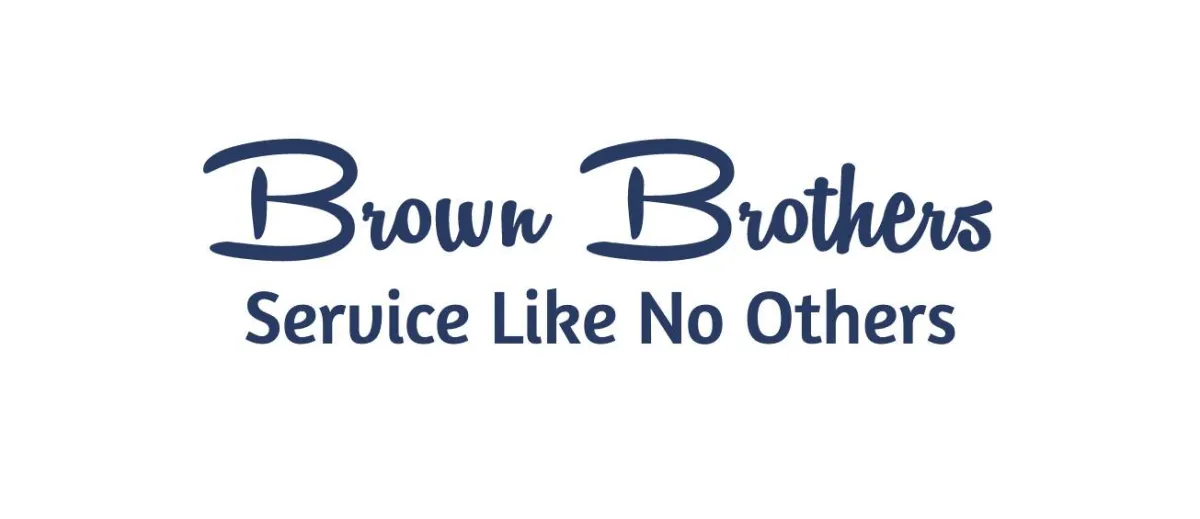Insulation Services;

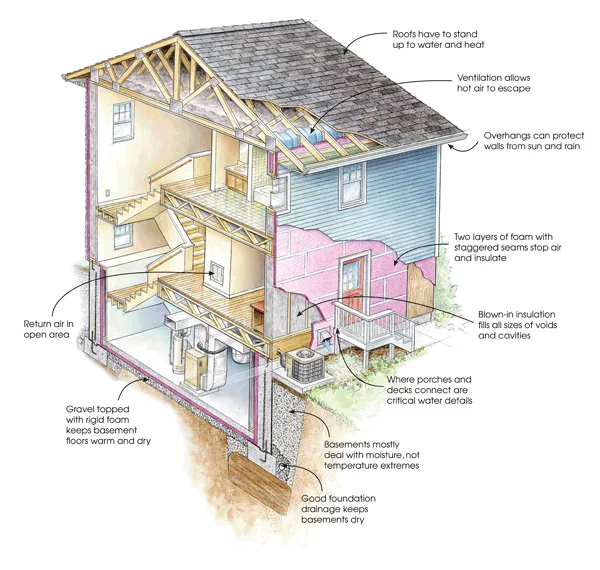
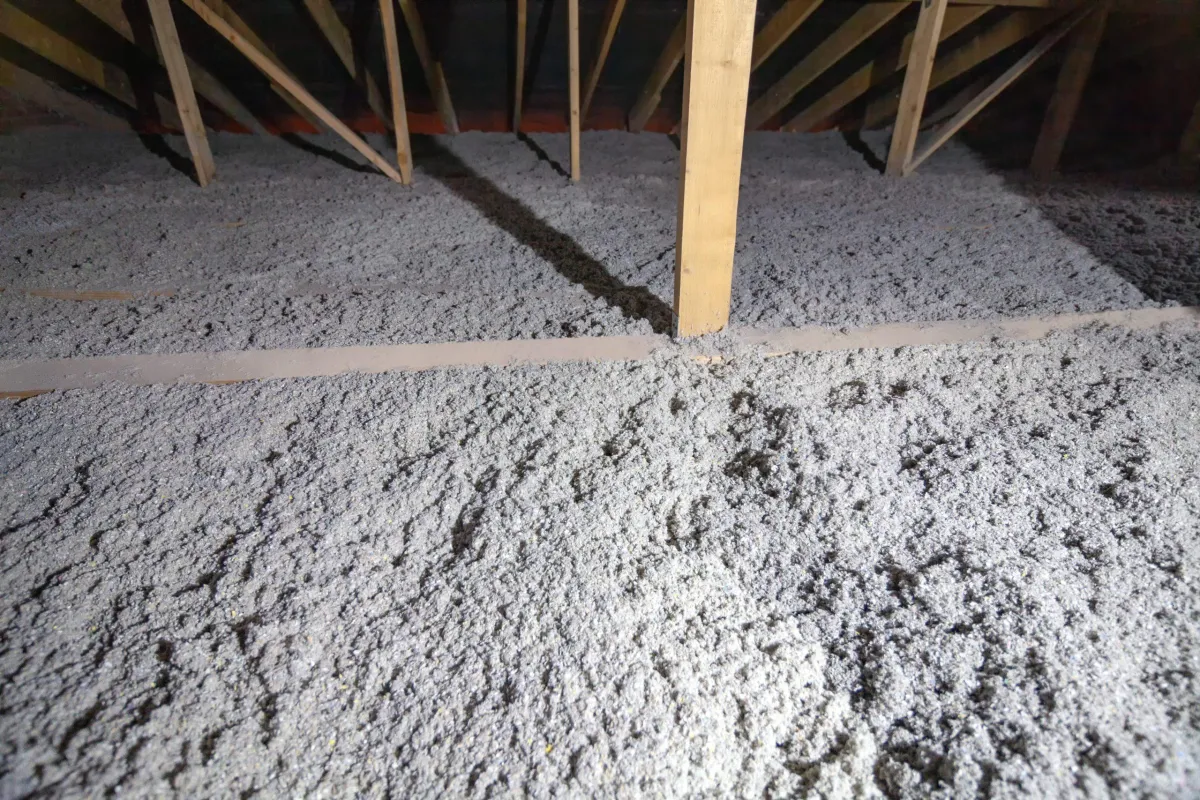
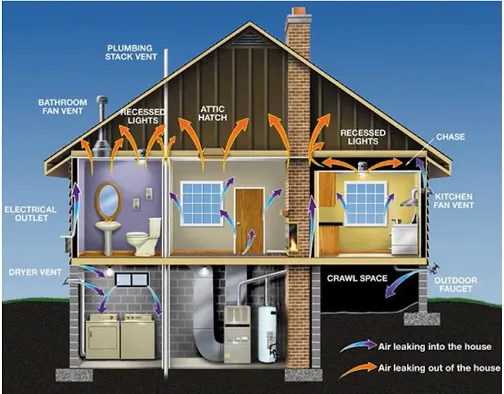
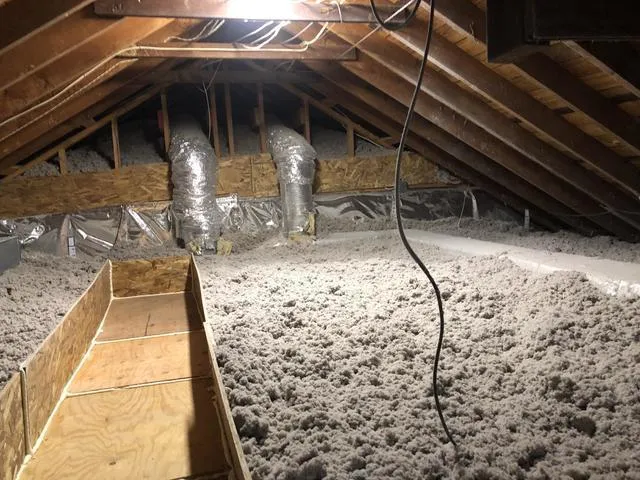
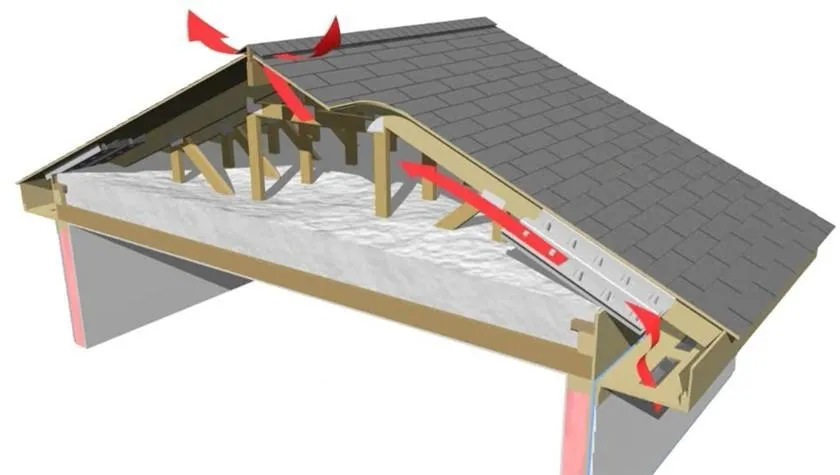
Blown In Blanket Insulation (BIB)
Our blown-in insulation services are primarily focused on proper removal and re-insulation of existing attic spaces though we can handle other projects as well.
1. Planning and Assesment
Inspect and assess the condition of the existing attic insulation, both a visual inspection with a trained eye as well as with a thermal camera to detect any energy losses or problem areas. Our on site professional will determine whether full re-insulation is warranted or if a top-up will suffice. The key factor in this determination will be the air tightness of the attic as well as the condition of the existing insulation.
2. Removal of existing insulation
If re-insulation is deemed necessary the next step will be the removal of all the existing blown in or batt insulation in the attic to allow for a clean work space for our next step.
3. Air Sealing of the Attic space
A vast majority of homes are loosing an enormous amount of conditioned air due to one seemingly minor issue, that being small air gaps in the attic floor (ceiling below). To properly seal the attic space all electrical penetrations (light fixture electrical wires etc.) must be completely air tight. The same applies to plumbing pipes which may enter the attic space as well as any venting from the home to the roof. And lastly the top plates of your wall where they are not topped with drywall can allow air from the living space into the attic, causing a loss of energy. To remedy this all cracks, holes, vent, holes etc. in the attic floor (ceiling below) must be sealed with a spray foam or similar product.
4. Installation of wind wash blocking and rafter vents/baffles
Next before new installation we must install blocking in the end of each rafter cavity to prevent the wind from blowing your insulation around and causing un-insulated pockets to form. Equally as important is the installation of rafter vents/baffles to allow for proper ventilation of the roof structure and to prevent the insulation from falling onto your vented soffits, thereby blocking there effectiveness.
5. Re-insulation
Finally the new insulation can be installed, we prefer cellulose insulation but there are several acceptable types. The insulation is blown in to achieve a minimum of R-49 (MN energy code requirement) to a depth as determined by the manufacturers recommendation.
Average Costs:
$3.50/sq ft

Batt Insulation
1. Planning and Preparation
Before beginning installation, it's important to assess the area to be insulated. The type and thickness of batt insulation depend on factors like climate, the R-value required (a measure of thermal resistance), and the space available. A thorough inspection of the area should be conducted to check for existing issues like moisture, pests, or mold, as these can affect the insulation’s performance. The space must be clear of obstructions to allow for an efficient installation.
2. Preparing the Space
Once the insulation has been selected, the installation area needs to be ready. This may involve sealing any air leaks in the area, as insulation is most effective when combined with an airtight seal. If there are significant gaps around windows, doors, or ducts, these should be sealed before installation begins to prevent heat loss.
3. Installing the Batt Insulation
Precision and Fit: Ensuring the insulation fits tightly without gaps or compression can be challenging, especially in irregular spaces or around complex obstructions.Moisture Control: Properly managing moisture by using vapor barriers can be difficult, especially in high-humidity areas like basements or bathrooms. Failure to manage moisture can lead to mold growth and the insulation losing its effectiveness over time.
4. Handling Obstacles
When installing batt insulation in spaces with obstructions, such as electrical outlets, pipes, or vents, it is necessary to cut or fit the insulation around these areas carefully. In many cases, batt insulation needs to be cut to fit these spaces.
5. Final Inspection
Once the insulation is installed, a final inspection is conducted to ensure that it is evenly distributed with no gaps or compression. It’s also important to check that the insulation has not been installed too tightly, which could lead to reduced air circulation or moisture issues. After installation, ensuring the insulation is covered with a vapor barrier is critical.
Average Costs:
$3/sq ft
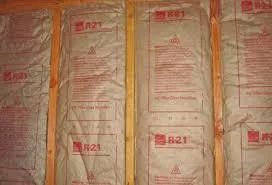
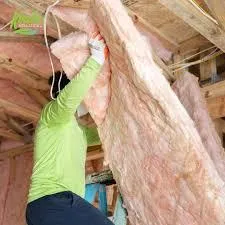


*Long haul charge may apply to projects outside 50 mile radius of Minneapolis MN
*Building material or additional layers may affect prices.
*Any obstacles which need removal to execute the project is additionally charged
*Minimum charge for any project is $1500
